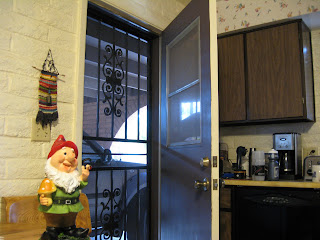Leadership is an act of duty to bond two or more persons together to obtain the objectives.
Often you may see a player who is good and then wonder why in a season or two that player with such potential has faded away. One of the most important reasons why good players fade away and fail to realize their potential is they fail to embrace leadership opportunities. In each game and training, there are numerous opportunities to pull together two or more players to share how working together will achieve objectives and better performance.
By: Michael Louter
1. Leadership The person in best and most powerful position for leadership is the one nearest to the action. Consider the following two situations:
(Scenario 1) Player A arrives late at practice. Upon arrival the nearest player to player A, which is player B, will bring the issue to attention. If player A holds grudges to player B for holding Player A accountable, any other player of the team should intervene in support of player B.
(Scenario 2) During the game player A has the ball. Player B is covering 8 yards behind player A on goal side. The decision selections are: penetration, deep ball, reload or play outside. Because player B is not under pressure and has the best view, player B must decide the best course of action. Player C, the second closest player, facilitates through reinforcement and feedback/learning process after action.
2. is an act of duty Ability involves responsibility; power is duty. With power there is a duty of leadership to oneself and to others. A person who is committed to the team will pay attention and provide feedback to how his teammates can do better.
He advices about which play to make. He assists others in spacing and molding. He concerns himself about the well-being of teammates. He includes bench players. He holds accountable when his team can do better. He offers support to the ideas of others.
3. to bond two or more persons together Successful performance is not as much decided by talent and individual effort as it is supported by a group of players. Therefore with a group most time and effort is focused on communication of plans and evaluation. Good communication is the hardest skill to develop, thus the team must learn first how and when to communicate.
4. to obtain the objectives While the big picture is winning the championship, accomplishing the small objectives will get you there.
What consistent support do you need around you to play the ball? When penetrating which four players provide cover? Who plays zone and who plays man marker? How and when will we double to win the ball? What time do we arrive before a game and train as a team together? How do we warm-up? Who has the freedom to explore creatively?
There are several reasons why players resist leading. One, they are afraid what they are saying is wrong. Two, they assume if it is important somebody else will lead. And, three, they assume if nobody else is saying something apparently it was not a problem at all.
The benefits of leadership are: First of all, you have peace of mind that you did everything you could have done. Second, you become more knowledgeable as to what leadership style is effective and what is not. Third, you revealed who is motivated who is not. Fourth, you enhance the level of commitment and thinking of the team. Finally, you help the team accomplish objectives.




















